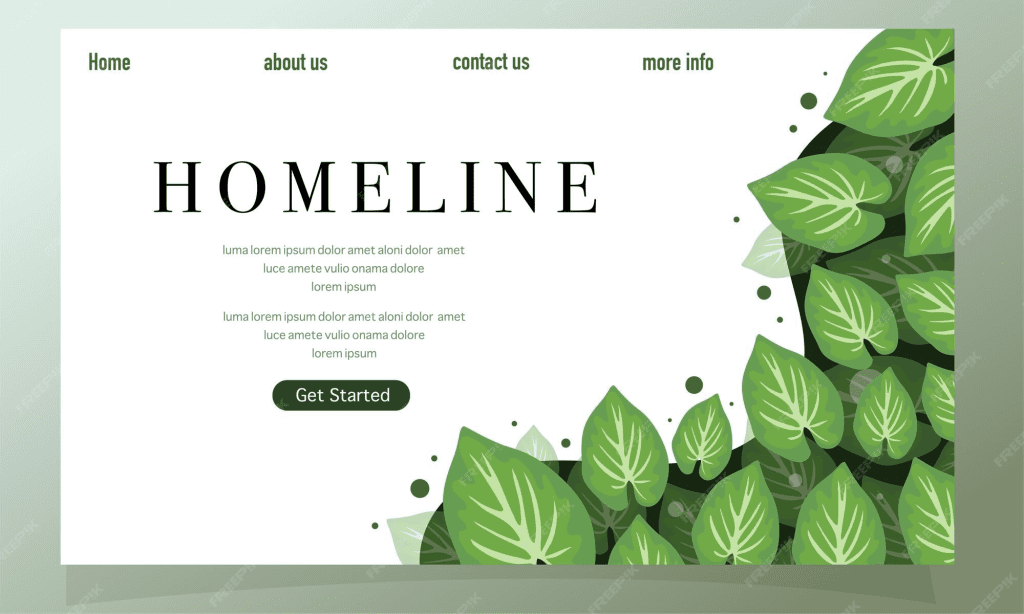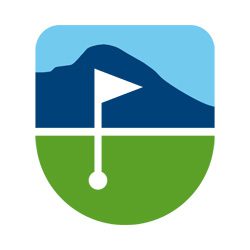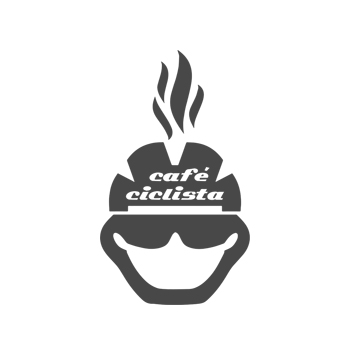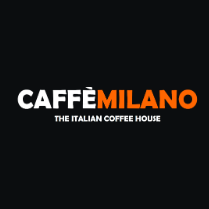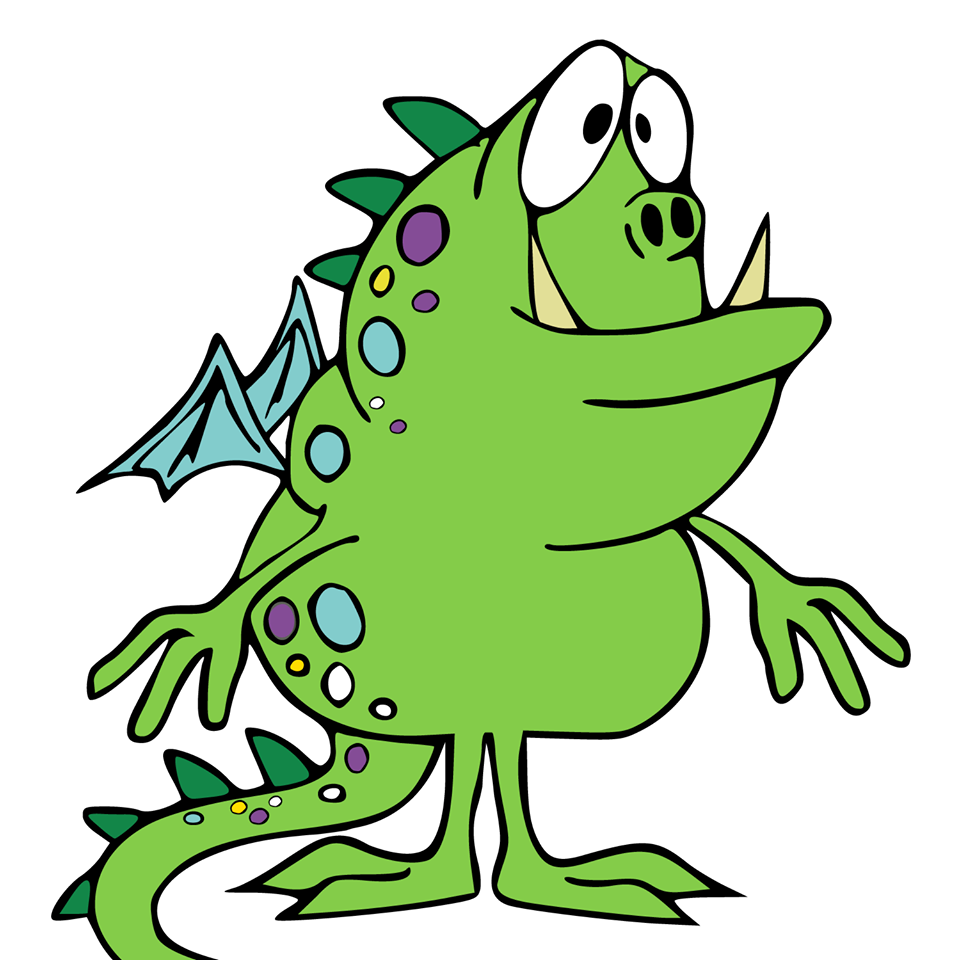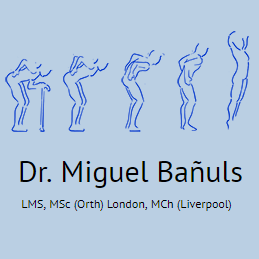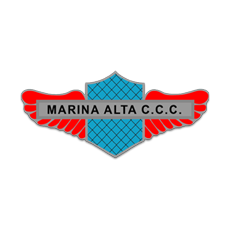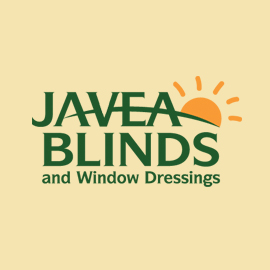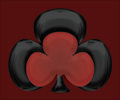On-Page Design isn’t just about pretty visuals; it’s a foundational element of how search engines understand and rank web pages. As 2024–2025 updates emphasize Page Experience alongside content quality, thoughtful On-Page Design shapes typography, layout, and accessibility to guide both users and crawlers. The way you design each page—from typography and layout to Semantic HTML and accessibility—directly influences how users interact with your site and how search engines crawl and interpret your content. Key SEO-friendly signals come from Core Web Vitals, Mobile Usability, and Structured Data woven into the design, not tacked on after the fact. A well-crafted approach balances readability, aesthetic harmony, and purposeful semantics to boost engagement and rankings.
Viewed through the lens of LSI, the page becomes a living anatomy—its layout, hierarchy, and cues working in harmony. Think of on-page optimization in synonyms like page structure, content hierarchy, HTML semantics, and accessible design that resonates with users and search engines. By weaving Semantic HTML and structured data into the fabric of each page, you provide richer context that matches intent and improves discoverability. In this approach, internal links, headings, and readable microcopy become signals that guide crawlers and readers to meaningful destinations.
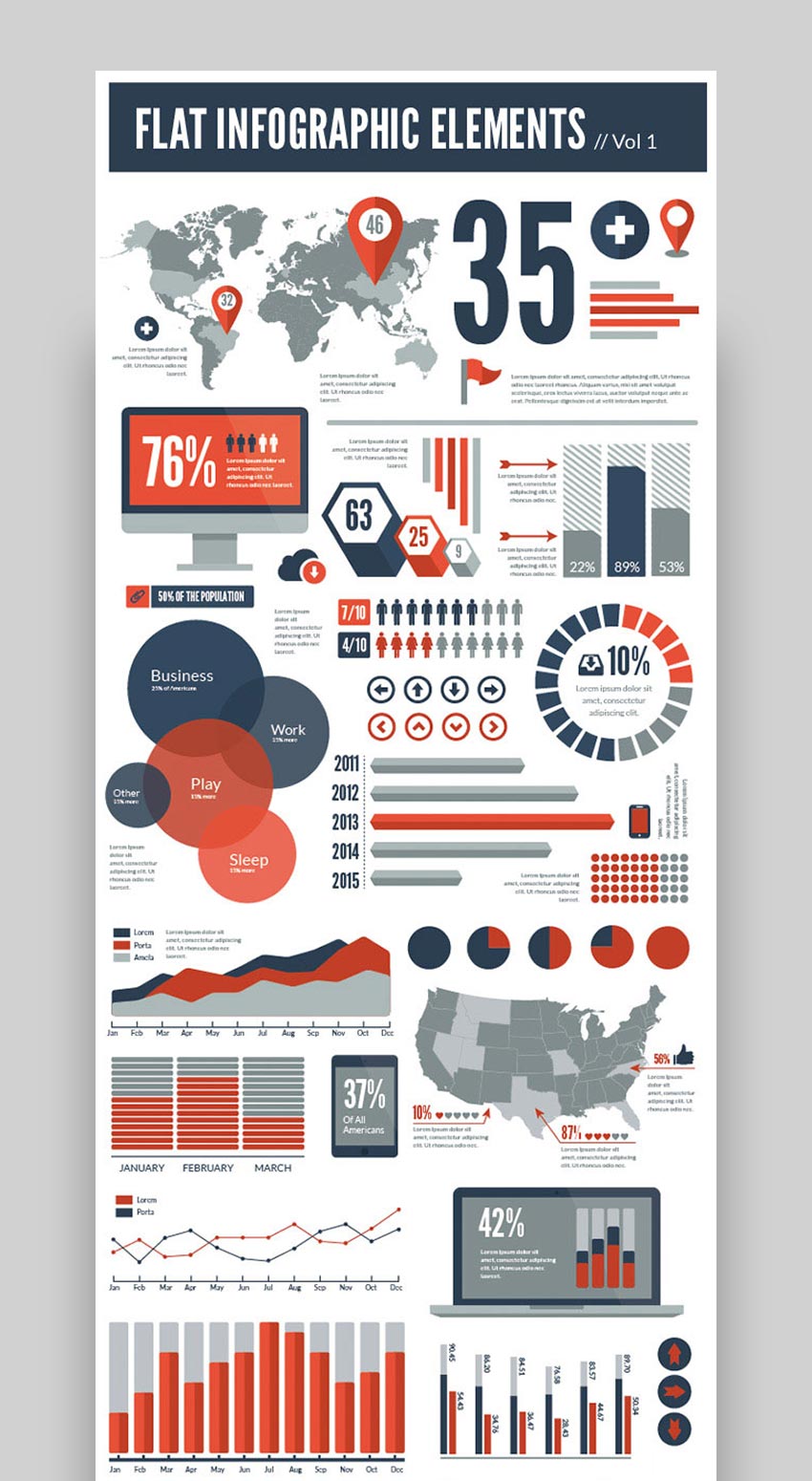
On-Page Design: The Breath and Backbone of Your Pages
On-Page Design isn’t just about pretty visuals; it’s a foundational element of how search engines understand and rank web pages. In the air of 2024–2025, page experience walks alongside content quality, and every choice—typography, layout, semantic structure, accessibility—snaps into place like gears in a clock. Your pages should sing to users and speak clearly to crawlers at the same time. Design that cares about users also earns quiet, sturdy trust from search engines, like footprints that lead to a well-lit doorway.
What is On-Page Design? It’s the visual and structural decisions per page that boost usability, accessibility, and readability while aligning with SEO goals. Typography dances with color contrast, spacing whispers in the margins, imagery carries meaning, and content blocks fall into a logical rhythm. HTML semantics, metadata, and internal linking are the backstage crew making sure the spotlight lands on the right lines. When done well, the page becomes easy to scan, understand, and engage with, helping search engines index and rank with greater accuracy.
Key SEO-friendly Related Keywords you’ll want to consider alongside On-Page Design include Core Web Vitals, Page Experience, Mobile Usability, Semantic HTML, and Structured Data. These aren’t buzzwords; they are concrete steps that shape performance and satisfaction. The aim is to blend aesthetics with function, so that the page breathes elegance and runs with reliability across devices.
Main Body whispers through the content: a map of practices and considerations that keeps readability intact. The core idea is that thoughtful, UX-forward choices—grounded in semantic structure and accessibility—can unlock better rankings via Core Web Vitals, mobile usability, and structured data rather than sacrificing clarity or inclusivity.
The Core Web of Design: Core Web Vitals, Accessibility, and Crawlability
Core Web Vitals, Page Experience, and On-Page Design stand as a trio at the heart of the page’s story. LCP, CLS, and INP shape the loading and interactivity, and design decisions that improve loading performance—like faster server responses, image optimization, and fewer render-blocking resources—also calm layout shifts. Above-the-fold rendering should feel instant, and interactive elements must respond without hesitation. A page that feels fast and stable earns user trust and meets Google’s evolving guidance. Short lines, long horizons, a smoother crawl.
Semantic HTML, Accessibility, and Crawlability form the grammar of the page. Clear headings (H1 through H6), well-placed paragraphs, lists, and landmarks guide both humans and bots through the hierarchy. Alt text for images, meaningful link text, and keyboard-navigable controls make content usable by all, and accessibility isn’t just compliance—it’s a design feature that helps engines index and users discover topics with precision.
Structured Data and Mobile-First go hand in hand. Marking up content with FAQPage, HowTo, and Article schemas helps search engines grasp purpose and intent, potentially bringing rich results to the surface. A mobile-first, responsive design ensures readability and tappable targets on small screens, with typography that remains legible and line lengths that feel comfortable across devices.
Practical Tactics, Measurements, and the Sprint to Shine
Practical On-Page Design Tactics for 2024–2025 are many, and they are merciful to both readers and robots: audit Core Web Vitals with Lighthouse and PageSpeed Insights; shrink server latency; tame images; and prune render-blocking resources. Breakpoints should be responsive, typography should be legible, and touch targets must be accessible. Rely on semantic HTML for structure—H1 for titles, ordered heading order for sections—and enrich pages with relevant schema markup. The aim is actionable, not ornamental.
Internal Linking, Navigation, and Site Architecture matter. Clean, logical linking distributes authority, guides readers to related content, and helps search engines understand topic clusters. Breadcrumbs, descriptive anchor text, and friendly navigation equalizes the experience for users and bots alike, turning curiosity into a map rather than a maze.
Measuring Success and Avoiding Common Pitfalls is a disciplined, hopeful practice. Improved engagement signals, better crawlability, and richer results come from balance: avoid keyword stuffing, don’t neglect alt text, and steer clear of low-contrast typography. Prioritize readability, accessibility, and performance to sustain long-term SEO gains.
Conclusion and Next Steps: In 2024–2025, SEO science and design art braid together. By centering Core Web Vitals, page experience, and semantic HTML—plus structured data and mobile-first design—you craft pages that are both beautiful to behold and clear to comprehend. If you’d like, I can tailor this guidance to your CMS, tech stack, and audience, and map a 2–4 week sprint to implement these On-Page Design improvements.
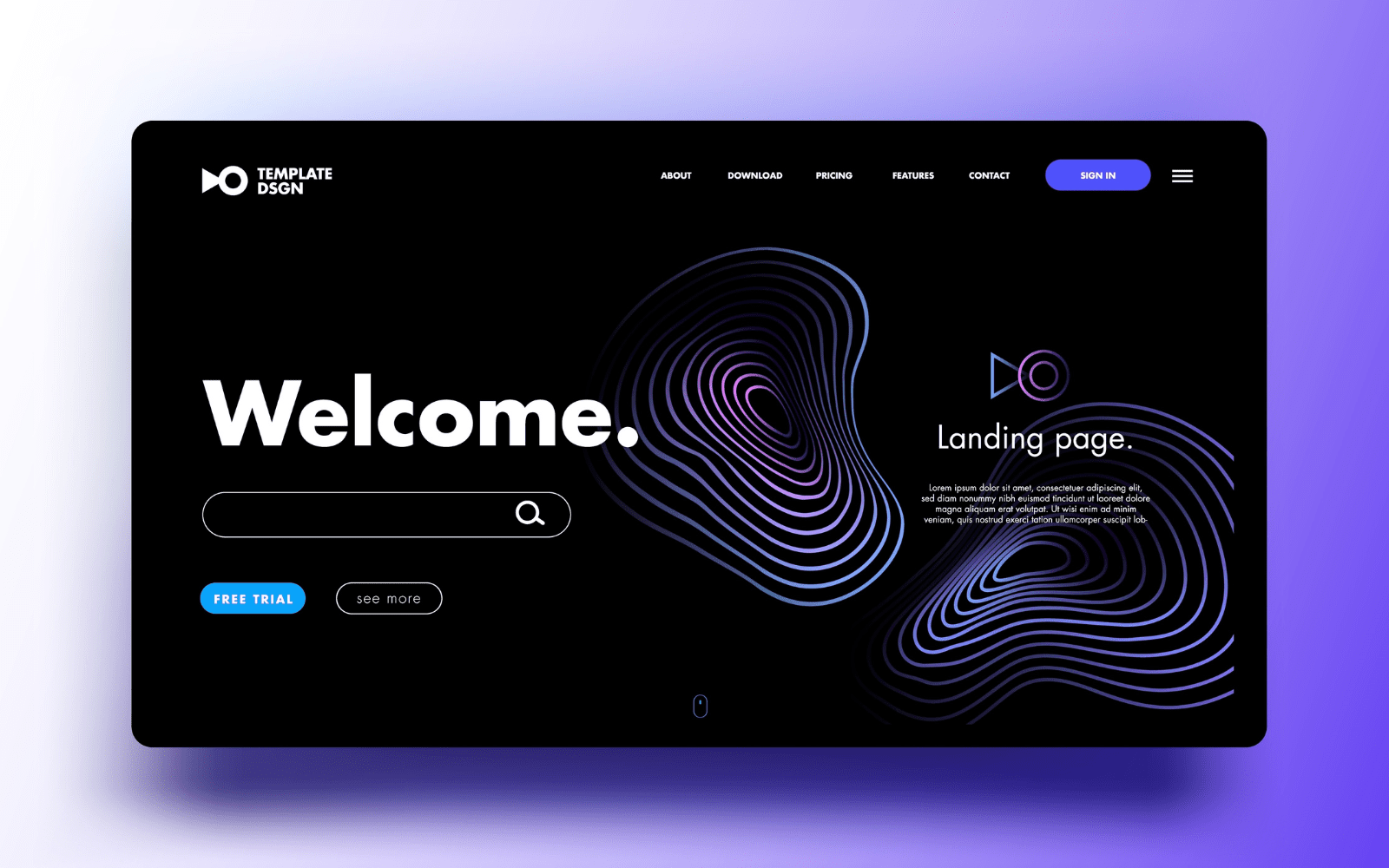
Conclusion 1
In the lexicon of 2024–2025, On-Page Design is not garnish but the engine room where user experience and search intelligence share the same breath. A page’s typography becomes a rhythm, layout a map, semantic tags a spine; accessibility widens the door for every visitor, and speed tunes the heartbeat of engagement. When design acts with search intent in mind, it invites both readers and crawlers to linger, comprehend, and return. The artful fusion of Core Web Vitals, mobile fluency, and structured data transforms a simple page into a reliable, discoverable experience without sacrificing readability or soul. In short, UX-forward design is the practical bridge from intention to visibility, quality to ranking, artistry to authority.
Conclusion 2
To carry that bridge into practice, keep these essentials close at hand:
Bullet List
– Focus on Core Web Vitals: optimize LCP, CLS, INP, and keep render-blocking resources in check.
– Embrace mobile-first, responsive design with legible typography and tappable targets.
– Use semantic HTML and ensure accessibility: appropriate heading order, alt text, keyboard navigation.
– Implement relevant structured data (FAQPage, HowTo, Article) and validate with validators.
– Build clean internal linking and coherent site architecture with descriptive anchor text and breadcrumbs.
– Design with accessibility as a feature: captions, accessible controls, color contrast.
– Maintain security and reliability: serve over HTTPS, avoid intrusive interstitials.
– Measure success with signals like engagement and crawlability, while avoiding common pitfalls like keyword stuffing.

